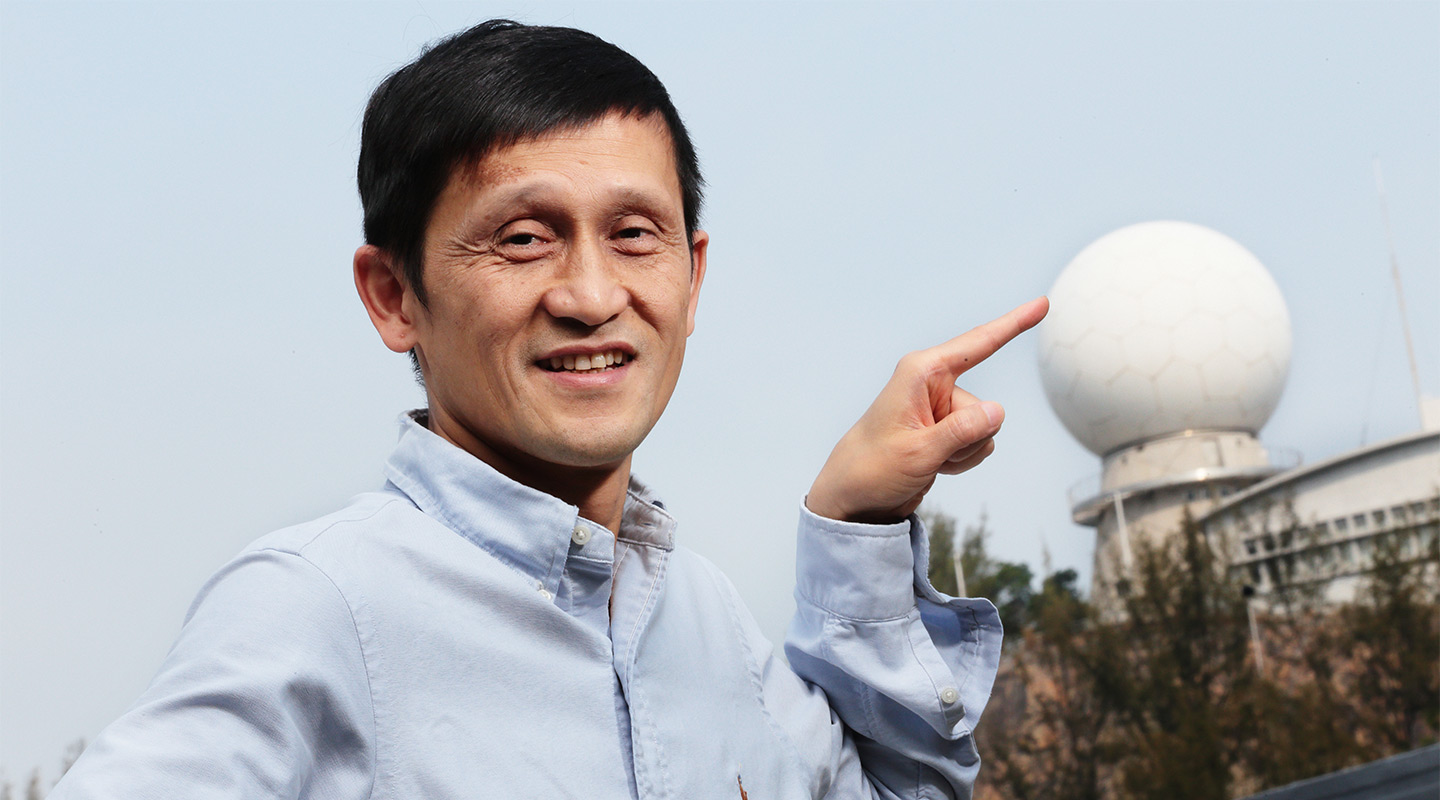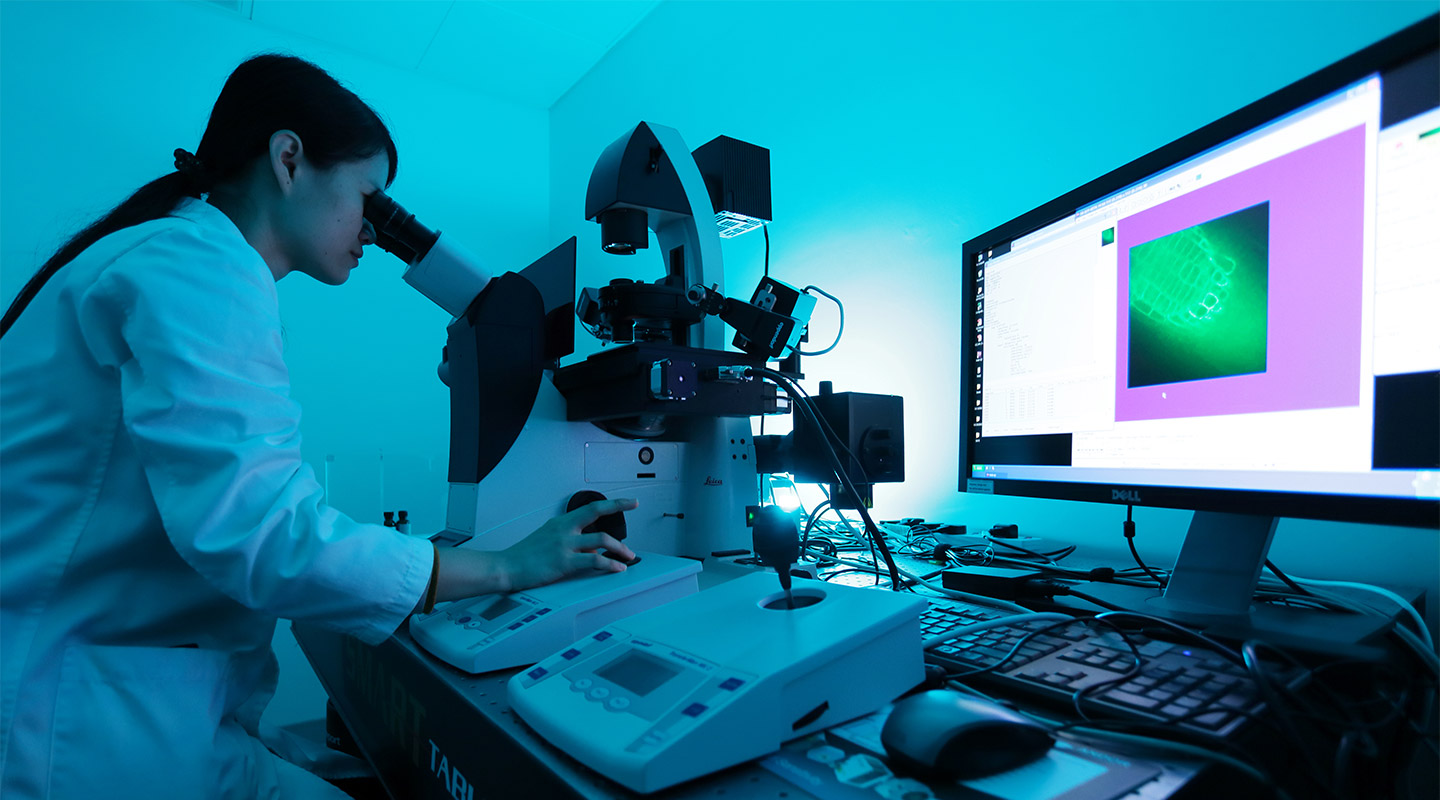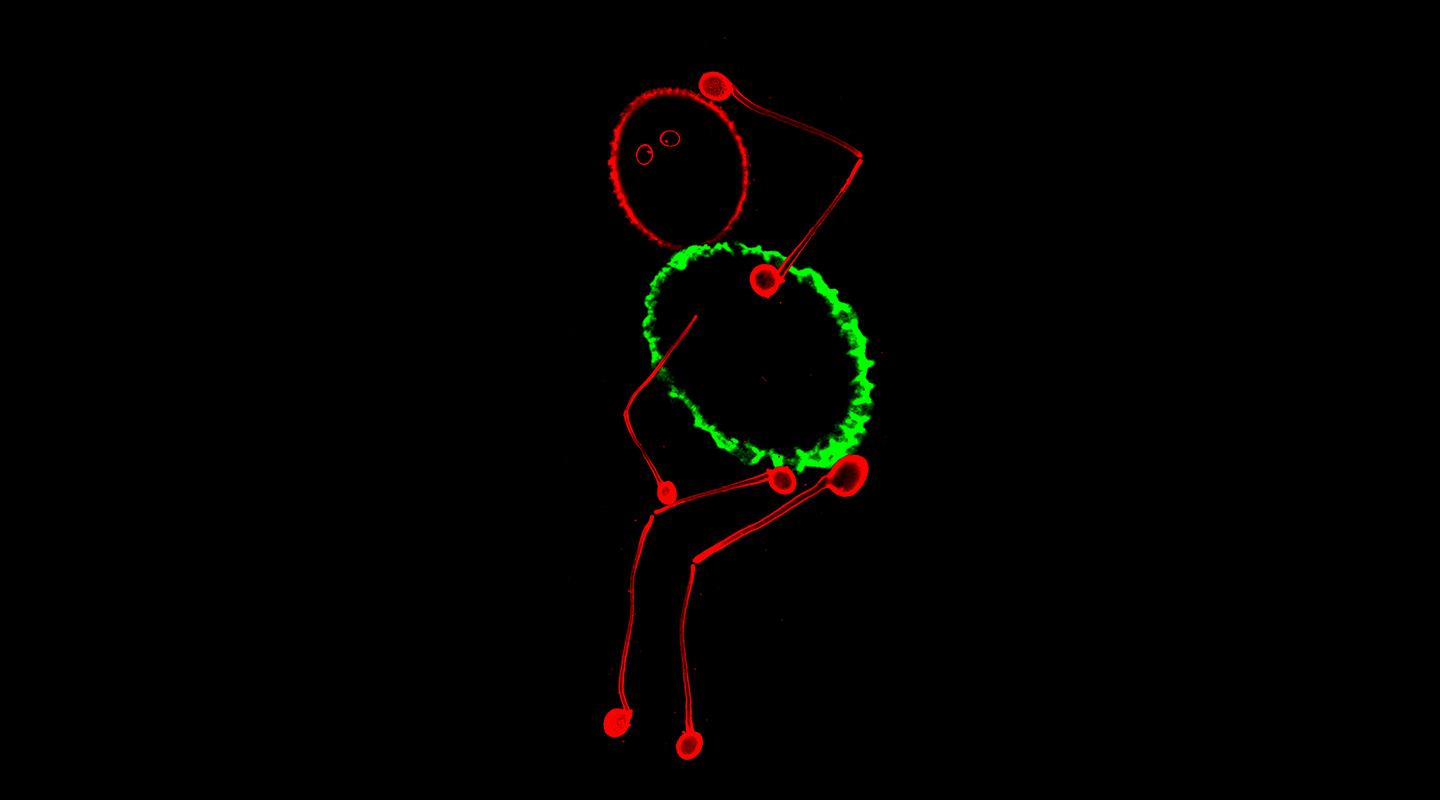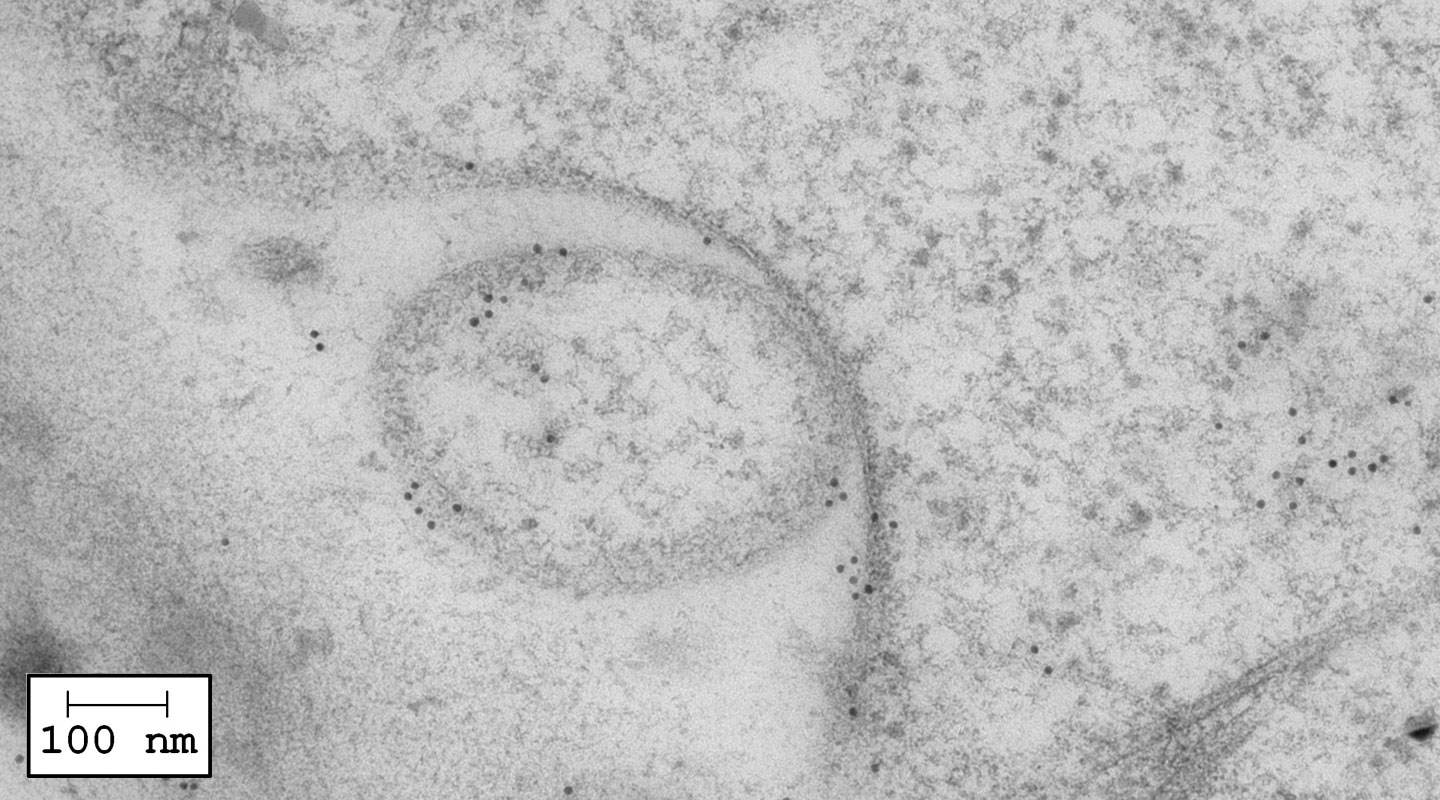Dear readers, With the launch of e-newsletter CUHK in Focus, CUHKUPDates has retired and this site will no longer be updated. To stay abreast of the University’s latest news, please go to https://focus.cuhk.edu.hk. Thank you.
Plant Cell Proteins Can Be No Ordinary Pedestrians

Conventionally in plants, protein secretion or exocytosis is achieved via a secretory pathway involving several organelles in plant cells. This method of secretion depends on the proteins having a signal peptide (a.k.a. leader peptide), which is a string of amino acids that acts like a GPS navigation system, guiding the protein into the first organelle of this pathway—the endoplasmic reticulum, before it travels from organelle to organelle along the rest of the way. Proteins thus secreted include cell membrane proteins and cell wall modifying enzymes, which are used as building blocks by the plant.
Professor Jiang Liwen, professor in the School of Life Sciences of CUHK, and his team had studied conventional protein secretion in plant cells. But while analysing secreted proteins in culture media, they noticed a growing number of proteins without a signal peptide on the exterior of cells. In other words, cars without a GPS system are seen on the edge of the woods. How did they get there? Did they take the classic secretory pathway? Which organelle is responsible for this unconventional type of secretion?

Like human beings, plants come into contact with pathogens through air, soil and water. When a plant is challenged by infectious agents such as fungi, bacteria, viruses or insects, it may release antimicrobial agents to threaten or kill the attacker. Professor Jiang studies this process which scientists in the past had assumed belonged to the realm of conventional secretion. His recent discoveries have proven otherwise.
The research team adopted multiple methods to determine whether the proteins found on the exterior of plants had arrived there by the classic route. For example, they dyed different parts of the cell with fluorescent tag and observed the spatial overlap between two or more study targets to see if they were located in the same organelle. They also applied an inhibitor of secretory pathways to the cell, and found that proteins without a signal peptide were insensitive to the inhibitor. Together their results indicated that the proteins had certainly taken a different path.

The team also found a novel double-membrane organelle which appears to mediate unconventional protein secretion in plants. They named it EXPO (exocyst-positive organelle). The exocyst is a type of protein complex involved in pretein secretion in yeast and animal cells. One of EXPO’s possible functions in plants is to release internal content that warns attackers or defends the plant against attackers.
With the new discoveries, the cellular scenario of what happens when a plant comes under attack seems to shimmer into view. Once a pathogen has penetrated the cell wall into the cell membrane, receptors there tell the plant to ramp up its production of EXPO. Each EXPO carries within it cargo proteins of antimicrobial agents which are released when EXPO fuses with the cell membrane and cell wall, into the plant’s exterior.

Professor Jiang believes this is just the beginning of understanding unconventional protein secretion in plants: ‘It will be of great interest to learn more about EXPO’s cargo and to study the dynamics of its response to pathogen attack. We hypothesize that EXPO may play roles in cell wall biosynthesis and defence in plants. Understanding EXPO’s functions and its pathway will be useful for the fields of biofuel and plant biotechnology.’
Professor Jiang may have confirmed that cars without GPS have taken a new route to the edge of the woods, but questions about the intricate mechanisms of this pathway remain to be illuminated by future studies.
This article was originally published in No. 415, Newsletter in Apr 2013.